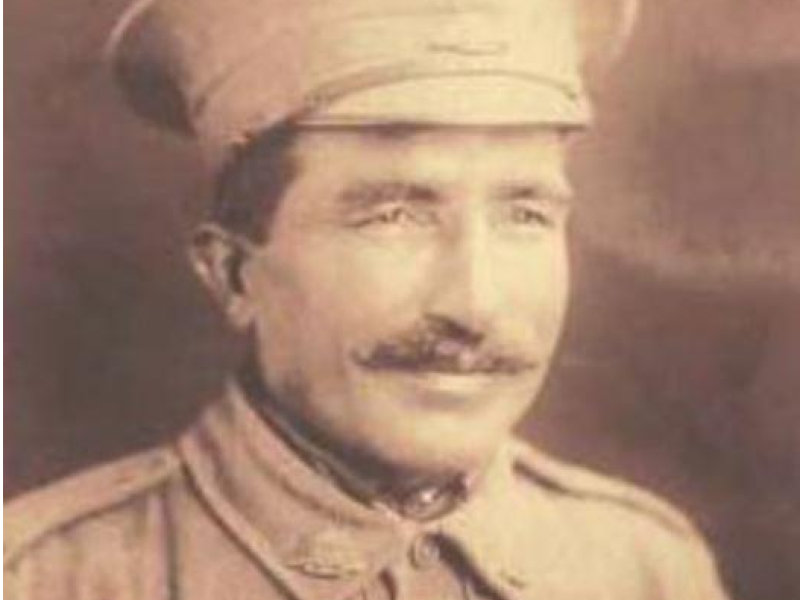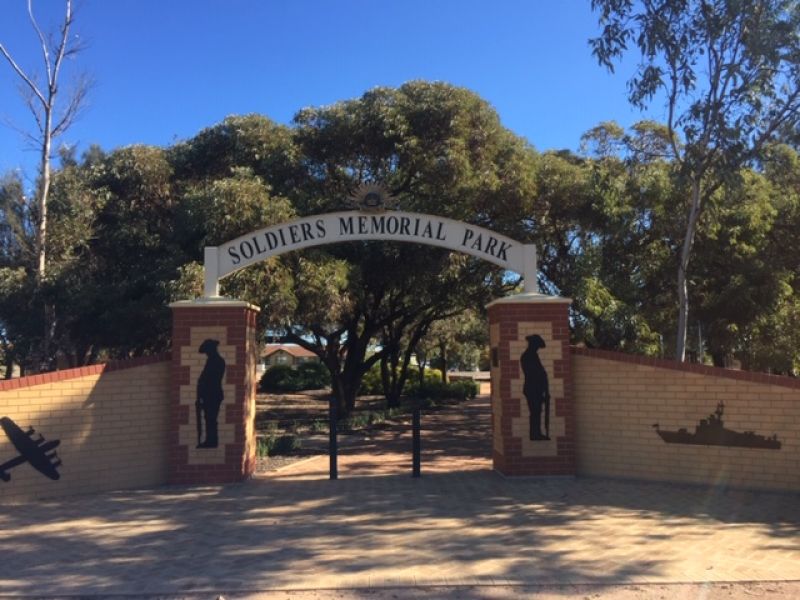Pte Desanda Singh, 3rd Light Horse, AIF
There were at least 12 Indian Australians who enlisted in the Australian Imperial Force (AIF) during the First World War.
The first AIF included people from various ethnicities and backgrounds, despite being raised during the era of the White Australia policy. The Defence Act of 1909 stated that those “not substantially of European origin or descent” were not eligible to enlist, but despite this, people of Asian, Mediterranean, Aboriginal, Torres Strait and Indian descent were among more than 400,000 people who voluntarily enlisted in the AIF.
Australians came into regular contact with Indian troops from British forces throughout the First World War, fighting in close proximity to them on Gallipoli and in the Middle East. Indian troops of any unit were highly thought of by the Australians. In 1915, Private Charlie Beherendt said: “I have been fighting side by side with Kitchener’s army, and the Sikhs and Gurkhas. The Indians fight like tigers and are a great unit to the Empire.”
Desanda Singh was a well-known travelling salesman from Kapurthala, Punjab, India who settled near Ceduna in South Australia. He was described by newspapers as a “genial Indian hawker” renowned for his gold and blue turban.
Desanda was 38 when he enlisted in 1917. He joined the 3rd Light Horse and arrived in Egypt in April 1918. In May he was attached to administrative duties at the company headquarters where he served until August, when he was discharged and sent back to Australia.
Singh’s discharge was ambiguously listed on his service record as “by discretion of authorities because of peculiar conditions existing in this theatre”. Singh survived the war and returned to Australia where he continued to live and work in South Australia, trading as a hawker until at least 1946.
Although enlistments of Indian Australians accounted for a small proportion of the AIF, their stories demonstrate the diversity and the changing face of Australia’s military past. We thank them for their service.
Meghan Adams, Military History Section
- Australian War Memorial https://www.awm.gov.au/articles/blog/remembering-sikhs

 Australian War Memorial
Australian War Memorial
